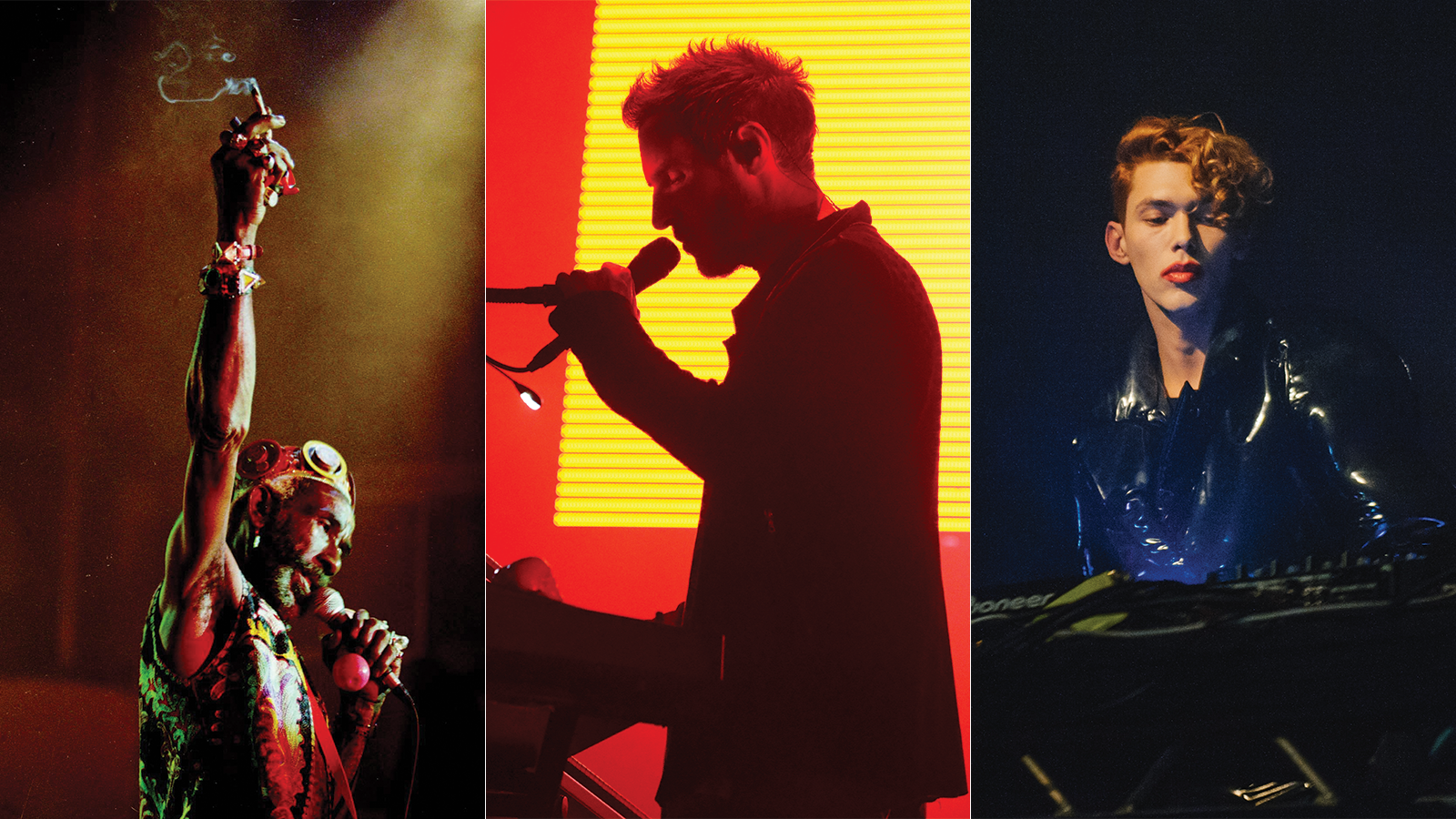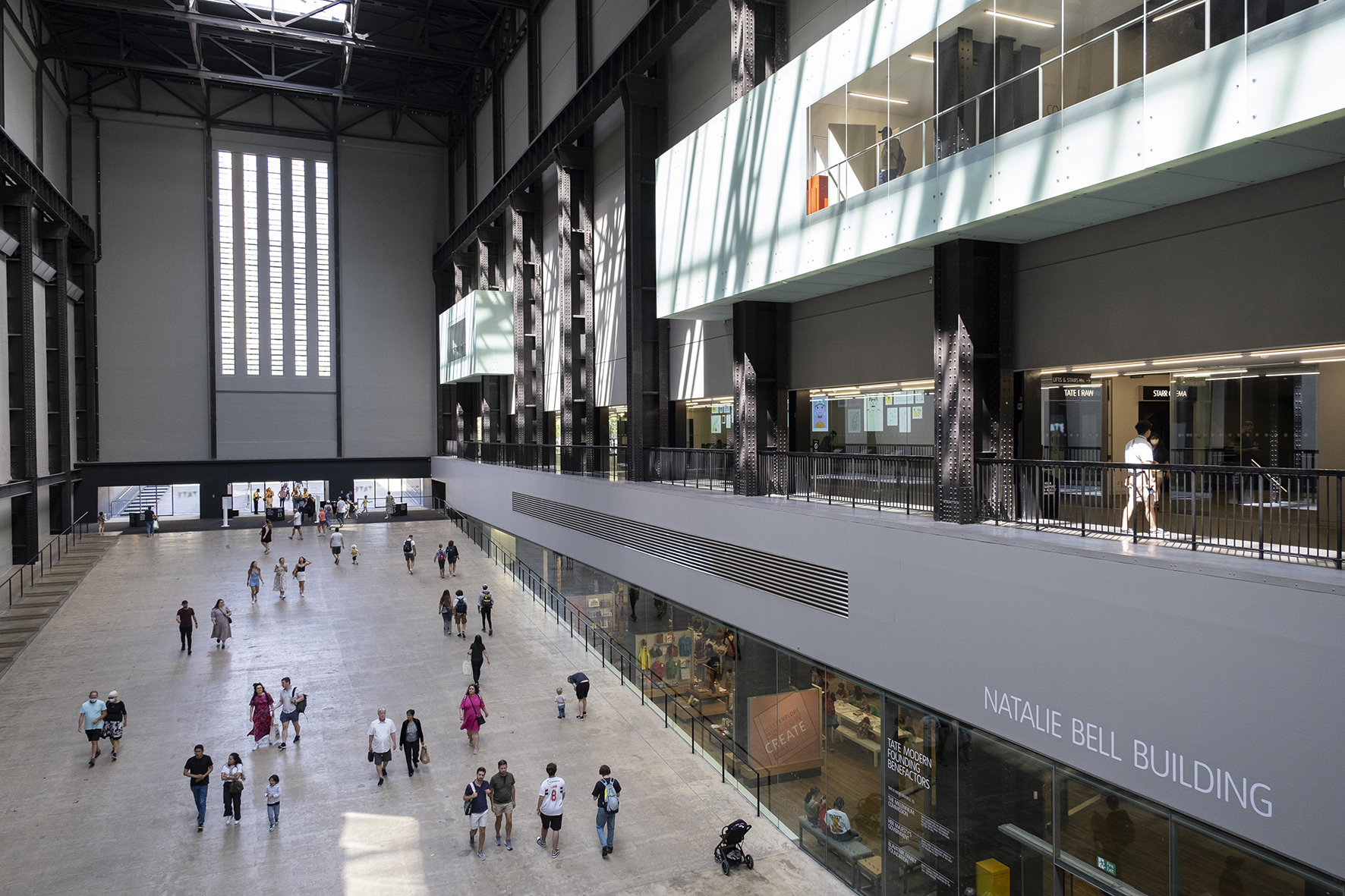A history of sub bass in 12 speaker-rattling tracks
As music tech has evolved, boundary-pushing musicians have explored ever-lower frequencies. Let’s take a musical trip through the history of low-end

Sub bass is fundamental to modern music, giving weight and power to productions across every genre, from the formidable bass pressure of dubstep and grime to the clean and impactful subs that anchor the grooves of contemporary pop and R&B.
This wasn't always the case, though. Prior to the invention of the synthesizer, the focus on sub bass in popular music was minor, and the closest you'd get to the kind of low-end we're used to today would be the lowest strings on a bass guitar. Bass-heavy genres like dub and hip-hop were the first to foreground sub frequencies in the '70s and '80s, laying the foundations for musicians and producers working across all styles to embrace the bass throughout the '90s and into the 21st century...
1. Lee Scratch Perry & The Upsetters - Blackboard Jungle Dub (1973)
When it comes to bass, all roads lead to dub music. This landmark recording is from the 1973 album Upsetters 14 Dub Blackboard Jungle, one of the first dub records ever to be released. Though the bass in dub music was produced by a bass guitar - and thus may not have edged into the most subterranean reaches of the frequency spectrum - it’s the genre’s sonic emphasis on low frequencies, foregrounded in the mix and anchoring the groove, that makes it an essential inclusion on this list.
2. A Tribe Called Quest - Butter (1991)
After dub music, hip-hop was the next genre to break new ground in embracing a bass-heavy sound and production style. While many tracks from Tribe’s classic (and fittingly titled) sophomore record The Low End Theory were noted for their use of live double bass, “Butter” seemingly bumps along on a weighty descending synth bassline, foreshadowing the hefty 808 bass sound that would later come to be characteristic of trap music.
3. Dillinja - Deadly Deep Subs (1994)
OG jungle producer Dillinja wasn’t lying when he titled this track. Possessed of some truly deep and deadly sub bass parts and a rumbling kick that’s sure to wake up the neighbours, “Deadly Deep Subs” is a fine example of the kind of fearsome bass pressure that’s so characteristic of genres like jungle and drum & bass.
4. Squarepusher - Tundra (1996)
This IDM classic from Squarepusher’s debut album Feed Me Weird Things sees the mastermind underscoring existential angst and frenetic drill’n’bass breaks with a rolling sub bass groove. Though he’s perhaps better known for using live fretless bass guitar and squelchy TB-303, Tom Jenkinson’s also partial to a sub bass part - see the 1996 Port Rhombus EP for further confirmation.
5. Massive Attack - Angel (1998)
Bristolian trip-hop pioneers Massive Attack are masters of creating haunting atmospheres, knife-edge tension and sonic intrigue through the use of just a handful of musical elements. “Angel”, one of their most famous singles, features one of the most immersive sub basslines we’ve ever encountered, a throbbing low-frequency supernova around which the remainder of the track revolves.
Get the MusicRadar Newsletter
Want all the hottest music and gear news, reviews, deals, features and more, direct to your inbox? Sign up here.
6. Rhythm & Sound - Mango Drive (1998)
It wouldn’t be too much of an exaggeration to say that Mark Ernestus and Moritz Von Oswald pretty much invented and perfected the genre of dub techno simultaneously through their work as Rhythm & Sound and Basic Channel. A remix of the Chosen Brothers’ dub track “Mango Walk,” “Mango Drive” inherits dub’s bass-forward approach while amping up the tempo and taking the genre’s radically minimalist aesthetic to a new level.
7. Sunn O))) - Ra at Dusk (2000)
Sunn O)))’s earth-shattering doom metal stretches out gargantuan drones into tracks that last up to 40 minutes and extend far into the deepest recesses of your EQ. “Ra at Dusk”, from their 2000 debut album Void 00, finds them in the early stages of the development of their extreme sound, exploring the creative (and destructive) potential of the combination of bass and distortion.
8. Pinch - Qawwali (2006)
A head-spinning example of the pure creativity which early dubstep artists applied to the realm of sub bass, Pinch’s “Qawwali” is a lecture in how to summon big vibes from just a smattering of musical components. Built from skittering hi-hats, icy synth stabs, and a well-placed accordion sample, the track rests on a pulsating sub bassline that dominates every dancefloor it’s played on.
9. The Bug (feat. Flowdan and Killa P) - Skeng (2008)
No guide to bass-heavy music would be complete without a mention of The Bug, one of the 21st century’s foremost low-end luminaries. Undoubtedly Kevin Martin’s most famous track, “Skeng” is powered by a monstrous sub bass riff that gives weight to Flowdan and Killa P’s devastating rhymes. A hybrid of dub, dubstep, dancehall and grime, the track somehow manages to sound like absolutely nothing else ever made.
10. Wacka Flocka Flame - No Hands (2010)
Trap music took hip-hop’s penchant for bass to a new level, pushing the Roland TR-808’s sub bass-heavy kick drum sound to its limits by maxing out the decay setting and pitching it up and down to transform it into a bassline. This technique is used all over Wacka Flocka Flame’s trailblazing 2010 trap classic Flockaveli, including the bass-laden banger “No Hands.”
11. James Blake - Limit To Your Love (2010)
Most people will have James Blake pegged as an electronically-inclined crooner, but he found early success as a producer of cerebral post-dubstep before transitioning to vocal-centred music. This Feist cover, found on his self-titled debut album, encompasses the best of both of these worlds, employing a wall-shaking sub bass part to lend weight and depth to the track’s spacious arrangement.
12. SOPHIE - L.O.V.E. (2015)
The late, great SOPHIE brought parallel universes together by uniting cheesy bubblegum pop aesthetics with experimental sound design. This track takes that philosophy to its extreme, alternating between saccharine synth lines and passages of keening abstract noise. It’s a challenging listen that captures what made her music so unique, and it’s made all the more powerful by the inclusion of an overpowering wall of sub bass that sits beneath the mix.
Two honourable mentions...
Kode9's 40,000W sound installation

Producer, academic and bass enthusiast Kode9 rigged up the Tate Modern’s colossal turbine hall in 2018 with 40,000 watts of sub bass to produce a deafening rumble for several months, as part of an installation by Cuban artist Tania Bruguera exploring the challenges facing immigrants. It’s sub bass activism, and we’re here for it.
Mark Bain's infrasonic explorations
American artist Mark Bain’s work explores the potential of infrasonics - sounds extending below the sub bass range, imperceptible to human hearing. In performances of his work, he would amplify infrasonic vibrations to extreme levels, vibrating objects, structures and even buildings for dramatic effect. Taking sub bass to its theoretical extreme, Mark Bain’s work celebrates the awe-inspiring power of sound.



I'm MusicRadar's Tech Editor, working across everything from product news and gear-focused features to artist interviews and tech tutorials. I love electronic music and I'm perpetually fascinated by the tools we use to make it. When I'm not behind my laptop keyboard, you'll probably find me behind a MIDI keyboard, carefully crafting the beginnings of another project that I'll ultimately abandon to the creative graveyard that is my overstuffed hard drive.
"Reggae is more freeform than the blues. But more important, reggae is for everyone": Bob Marley and the Wailers' Catch a Fire, track-by-track
“Part of a beautiful American tradition”: A music theory expert explains the country roots of Beyoncé’s Texas Hold ‘Em, and why it also owes a debt to the blues









